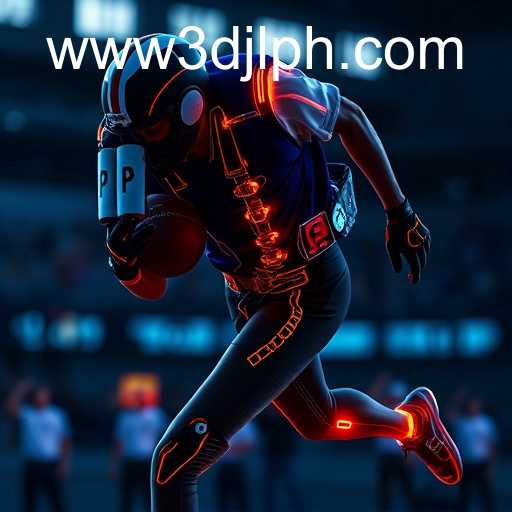Revolutionizing Sports: The Rise of 3DJL in Athletic Innovation
In the ever-evolving world of sports, technological advancements continuously strive to enhance performance, safety, and the overall experience for athletes and fans alike. One of the most significant developments in recent years has been the application of 3DJL technology, which has started to transform the landscape of various sports in unimaginable ways.
Understanding 3DJL: A Brief Introduction
3DJL, an acronym for three-dimensional joint locomotion, refers to a cutting-edge technology that enhances the movement and performance of athletes by optimizing joint movements in three-dimensional space. Drawing from complex algorithms, biomechanics, and state-of-the-art sensors, 3DJL technology offers unprecedented insights into athletic performance, allowing for tailored training regimens and improved safety protocols.
Impact on Athletic Performance
The implementation of 3DJL in sports science has been pivotal in understanding the intricate nature of human movement. By providing a comprehensive analysis of joint angles, velocities, and accelerations, athletes can achieve optimal performance levels with reduced risk of injury. This deep dive into biomechanics allows coaches and sports scientists to create specific training programs that target individual deficiencies and strengths. Furthermore, 3DJL aids in real-time motion correction, guiding athletes to adjust their techniques instantaneously during training or competition.
Transforming Training Regimens
Coaches around the globe are continually searching for ways to maximize the potential of their athletes, and 3DJL is proving to be an indispensable tool in this quest. By utilizing this technology, coaches can customize training plans that are more precise and effective. For example, the technology can help track an athlete’s performance over time, highlighting areas where progress is most needed. The precision of 3DJL ensures that each athlete receives a training program uniquely suited to their own biomechanics, thus increasing the likelihood of peak performance.
Reducing the Risk of Injuries
Sports injuries are a common and sometimes career-threatening challenge for athletes. 3DJL goes beyond traditional methods by accurately predicting potential injury risks based on an athlete’s movement patterns. The detailed insights into joint functions allow for preemptive measures, significantly reducing the incidence of common sports injuries such as ACL tears or tendonitis. Prevention programs can be developed that help modify potentially harmful techniques, reinforcing safer and more effective athletic movements.
3DJL in Team Sports
The benefits of 3DJL are not limited to individual sports; team sports also stand to gain immensely from this technology. In soccer, basketball, and football, coaches can analyze collective team dynamics, ensuring all players perform optimally in relation to each other. The coordination between players can be fine-tuned with the help of 3DJL, enhancing team strategy and effectiveness during matches. The synchronization of movements in teamwork dynamics is crucial, and 3DJL provides the data needed to refine these interactions.
Fan Engagement and Experience
Beyond improving athletic performance, 3DJL has also found a place in enhancing the fan experience. Broadcasters are beginning to incorporate the technology into their sports analysis segments, offering viewers unprecedented insights into the mechanics of play. Interactive applications powered by 3DJL enable fans to engage with sports on a deeper level, offering new ways to interpret and interact with the events as they unfold. This added layer of engagement not only boosts viewership but also deepens fans’ connection to the sports they love.
Future of 3DJL in Sports
The potential of 3DJL is only beginning to be tapped, with researchers and engineers finding new applications for the technology every day. The future promises even greater integration of these systems, possibly leading to real-time performance augmentation for athletes and more immersive experiences for fans. As technology continues to advance, the role of 3DJL in sports will undoubtedly grow, offering exciting possibilities and pushing the boundaries of what athletes can achieve.
As we witness the integration of 3DJL across different sports, it becomes evident that this technology is not merely an accessory but a fundamental tool that has the potential to redefine the standards of athletic excellence. With the continuous development and application of 3DJL, the sports industry is poised for a revolution that will elevate both the performance and safety of athletes around the world. This revolutionary technology is setting a new standard, promising to reshape the future of sports in ways we are only beginning to imagine.








